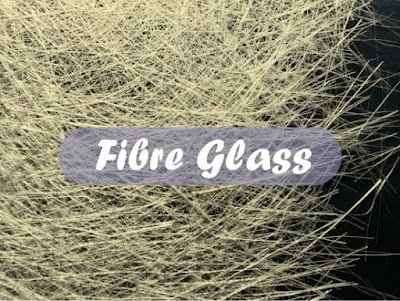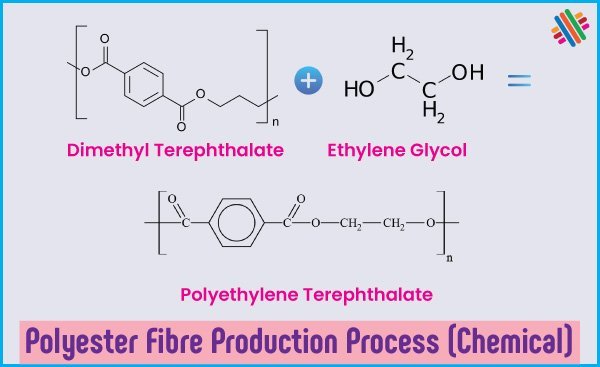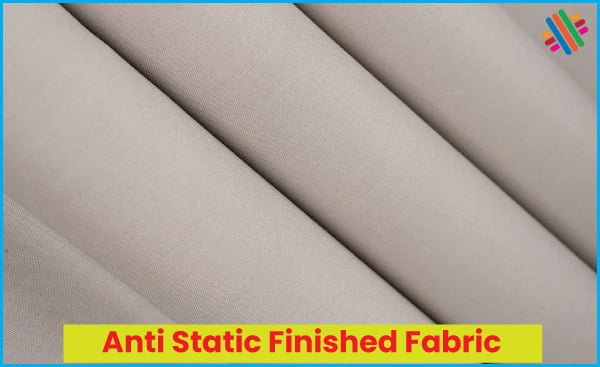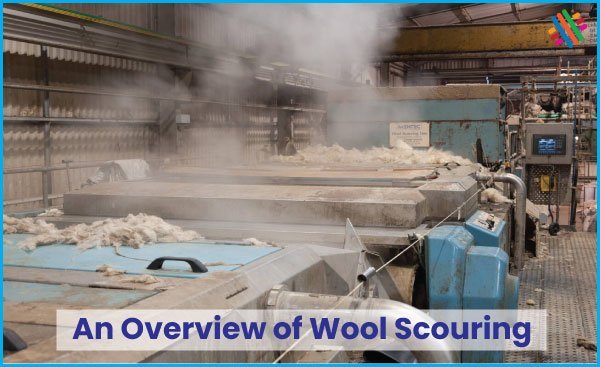Glass Fibre: Manufacturing Process, 2 Main Types and End Uses
Introduction Fibreglass is also known as glass fibre or fibre glass. The knowledge that fibres could be made from glass is probably as old as glass itself. Molten glass is viscous like treacle, and on being touched with anything, it will ‘string out’ to form a filament when it is drawn away. As glass is […]



![What is Tie Dye | Industrial Tie Dye Process [Video]](https://textileapex.com/wp-content/uploads/2023/09/tie-dye.jpg)






